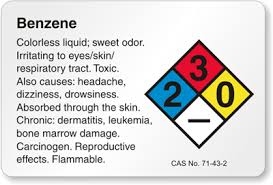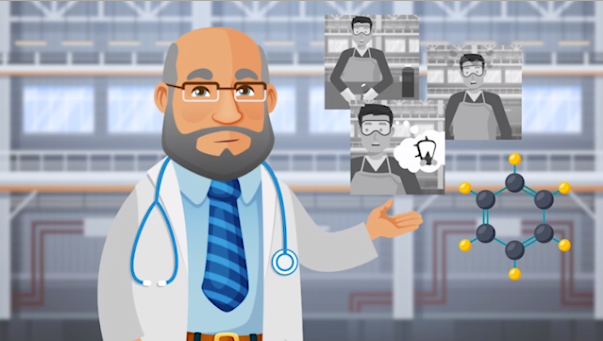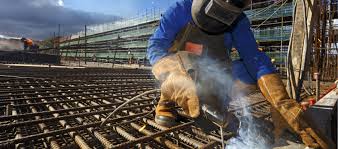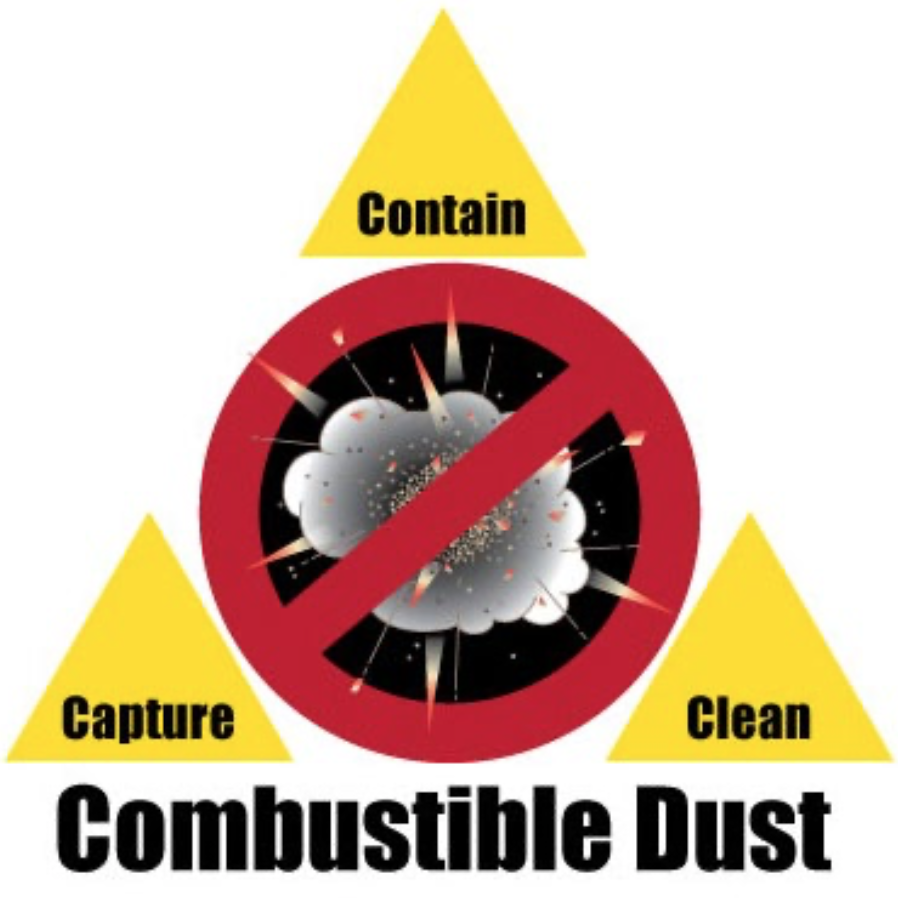-
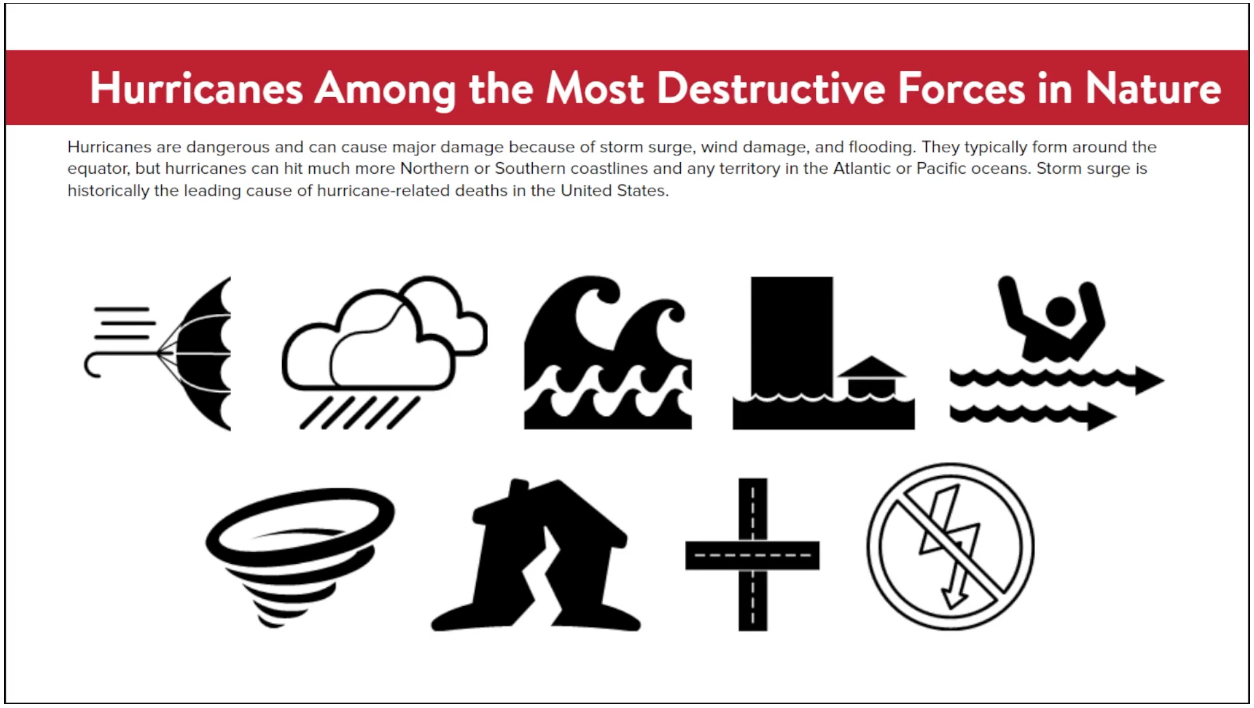
 Hurricanes are dangerous and can cause major damage because of storm surge, wind damage, and flooding. They typically form around the equator, but hurricanes can hit much more Northern or Southern coastlines and any territory in the Atlantic or Pacific oceans. This course will help you understand how to prepare for a hurricane.
Hurricanes are dangerous and can cause major damage because of storm surge, wind damage, and flooding. They typically form around the equator, but hurricanes can hit much more Northern or Southern coastlines and any territory in the Atlantic or Pacific oceans. This course will help you understand how to prepare for a hurricane. -
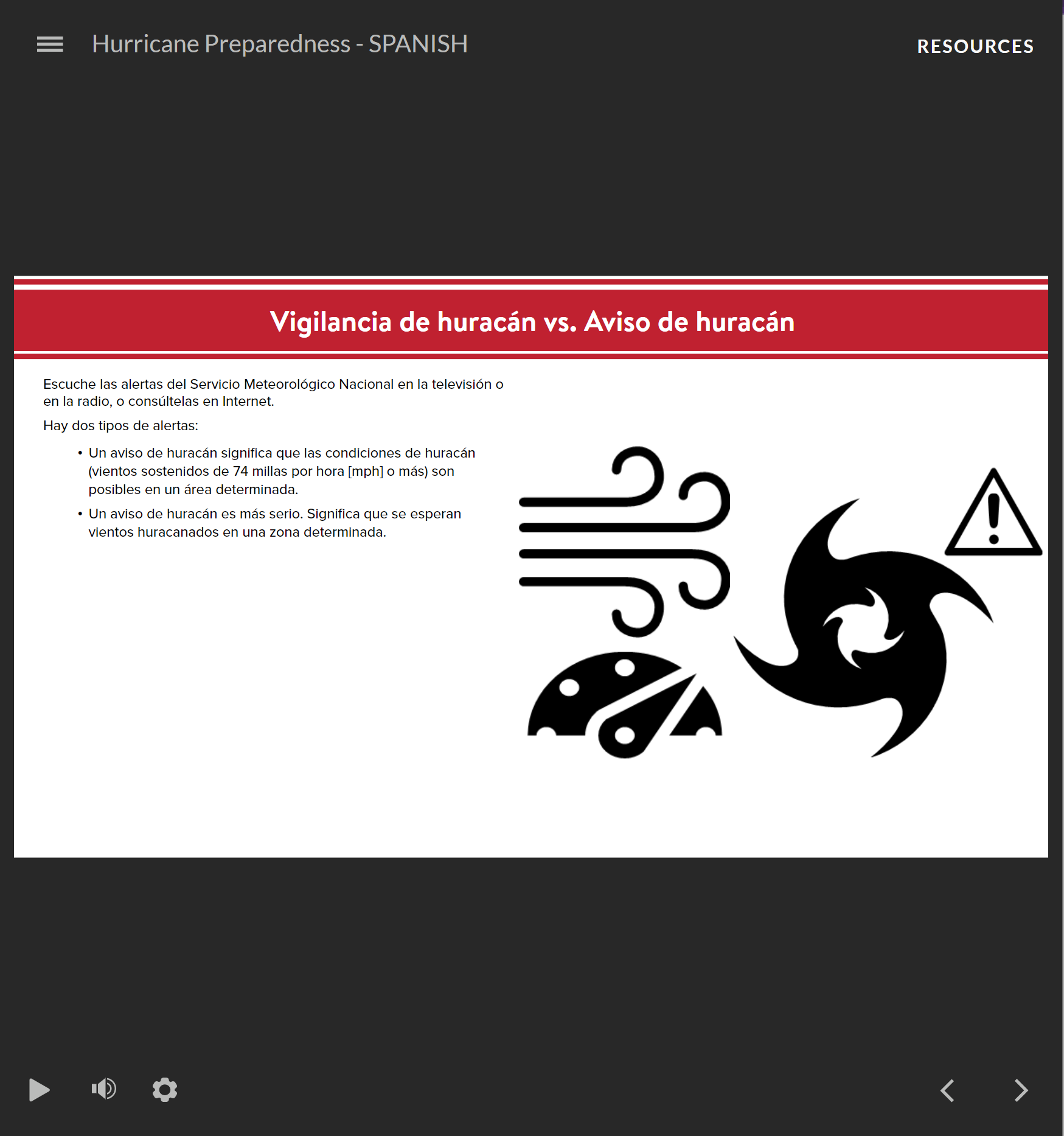
 Hurricanes are dangerous and can cause major damage because of storm surge, wind damage, and flooding. They typically form around the equator, but hurricanes can hit much more Northern or Southern coastlines and any territory in the Atlantic or Pacific oceans. This course will help you understand how to prepare for a hurricane. (Spanish Version)
Hurricanes are dangerous and can cause major damage because of storm surge, wind damage, and flooding. They typically form around the equator, but hurricanes can hit much more Northern or Southern coastlines and any territory in the Atlantic or Pacific oceans. This course will help you understand how to prepare for a hurricane. (Spanish Version) -
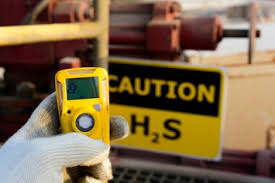
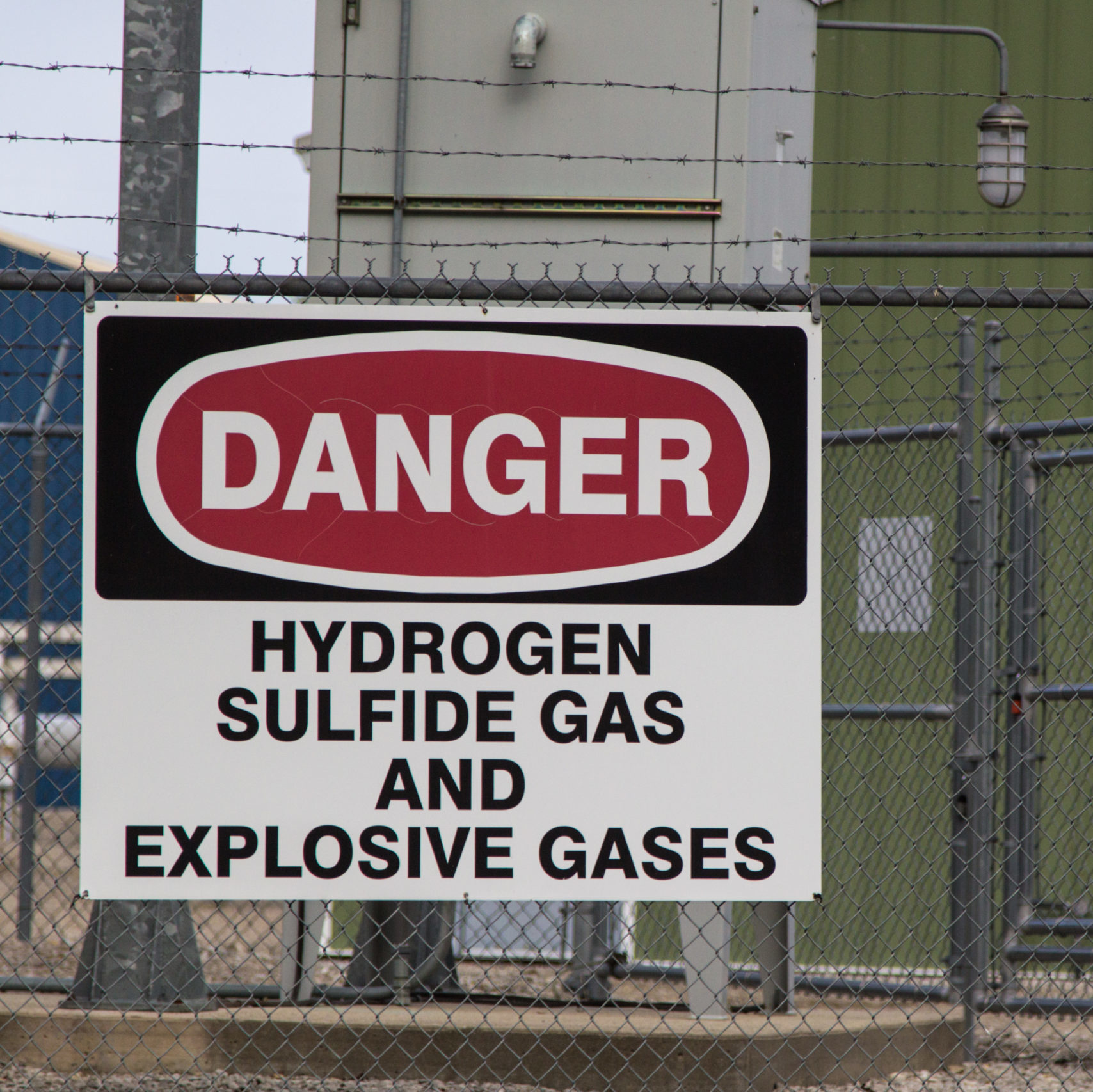 Hydrogen sulfide is a chemical compound with the formula H2S. It is an extremely hazardous gas whose marker is the smell of rotten eggs. It is colorless and very dangerous when high concentrations are inhaled. Hydrogen sulfide is highly flammable and explodes easily near lit matches, cigarettes, and other sources of spark or heat. Although only a little irritating at lower concentrations, hydrogen sulfide exposure can result in death. The most likely and dangerous exposure pathway is through inhalation of hydrogen sulfide gas, however, there are some instances where contact is made with the skin. Contact with the skin can result in frostbite or burns.
Hydrogen sulfide is a chemical compound with the formula H2S. It is an extremely hazardous gas whose marker is the smell of rotten eggs. It is colorless and very dangerous when high concentrations are inhaled. Hydrogen sulfide is highly flammable and explodes easily near lit matches, cigarettes, and other sources of spark or heat. Although only a little irritating at lower concentrations, hydrogen sulfide exposure can result in death. The most likely and dangerous exposure pathway is through inhalation of hydrogen sulfide gas, however, there are some instances where contact is made with the skin. Contact with the skin can result in frostbite or burns. -
Sale!
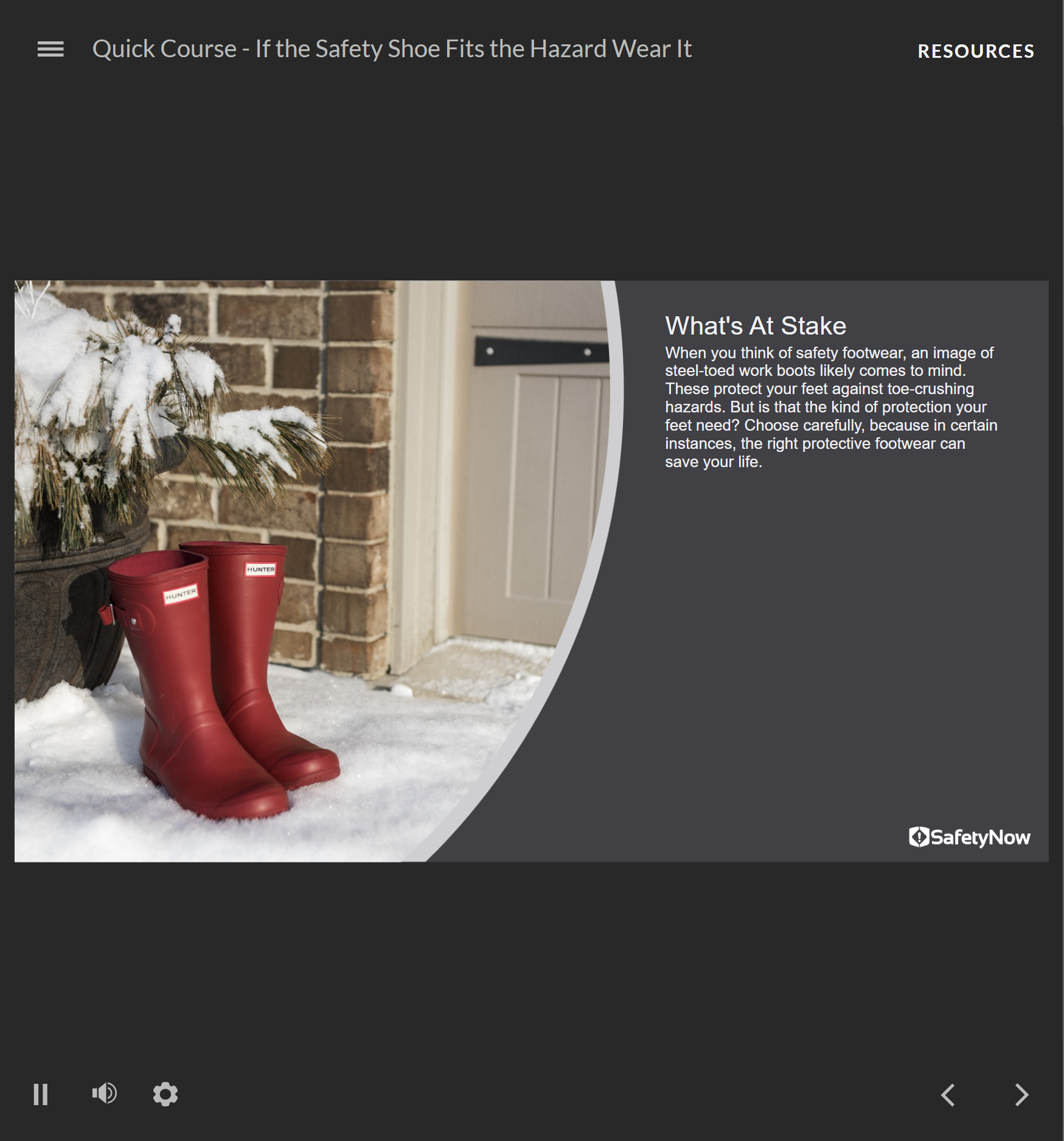
 Choosing the right footwear carefully is important, because in certain instances, the right protective footwear can save your life. This quick course covers types of hazards to the feet and how to protect yourself.
Choosing the right footwear carefully is important, because in certain instances, the right protective footwear can save your life. This quick course covers types of hazards to the feet and how to protect yourself. -
Sale!

 If the safety professional can identify, analyze and fix the unsafe behaviors and conditions behind a near miss, they can prevent incidents.
If the safety professional can identify, analyze and fix the unsafe behaviors and conditions behind a near miss, they can prevent incidents. -
Sale!

 Poor ergonomics can lead to cumulative traumatic musculoskeletal disorders (MSDs) that put strain on our bodies. There are very good reasons for accounting for the ergonomic health of your workforce, because musculoskeletal injuries, once developed, can keep people off of the job for life.
Poor ergonomics can lead to cumulative traumatic musculoskeletal disorders (MSDs) that put strain on our bodies. There are very good reasons for accounting for the ergonomic health of your workforce, because musculoskeletal injuries, once developed, can keep people off of the job for life. -
Sale!
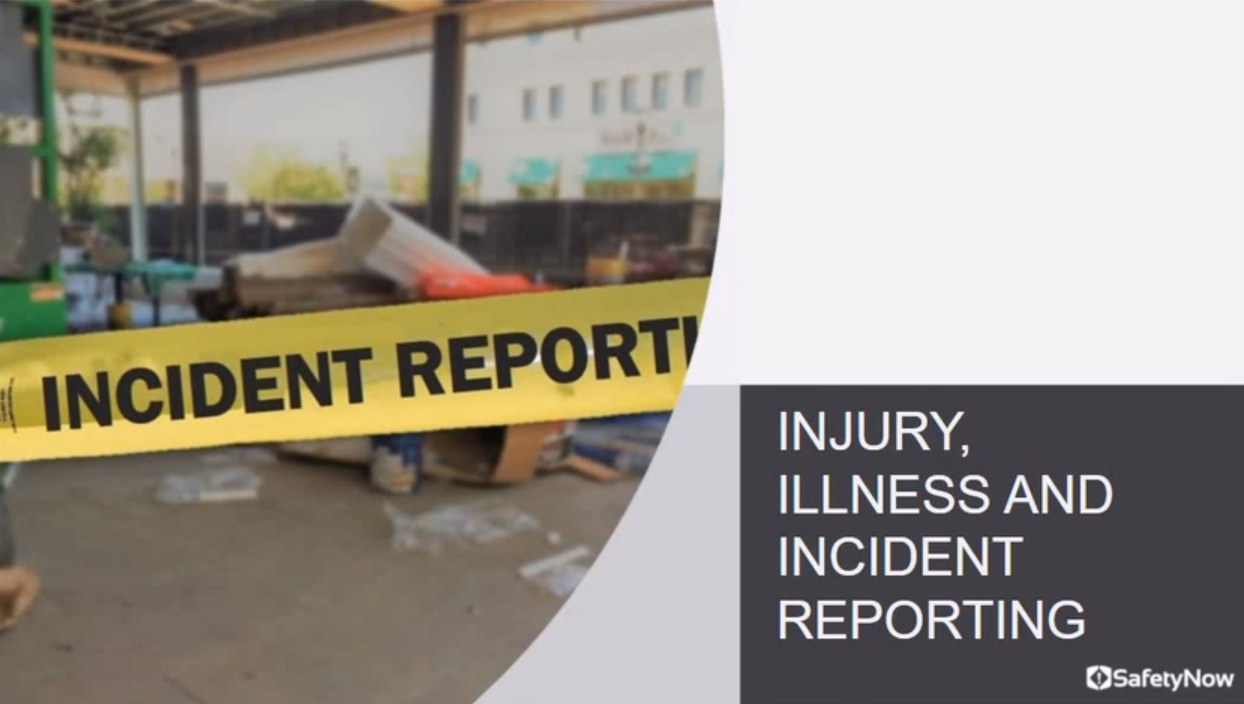
 Whenever, there is a workplace accident or illness, or a close call / near miss is experienced, the situation must be reported. Often times many of these incidents, especially first aid type of injuries are not reported which can lead to issues for the worker and the business.
Whenever, there is a workplace accident or illness, or a close call / near miss is experienced, the situation must be reported. Often times many of these incidents, especially first aid type of injuries are not reported which can lead to issues for the worker and the business. -

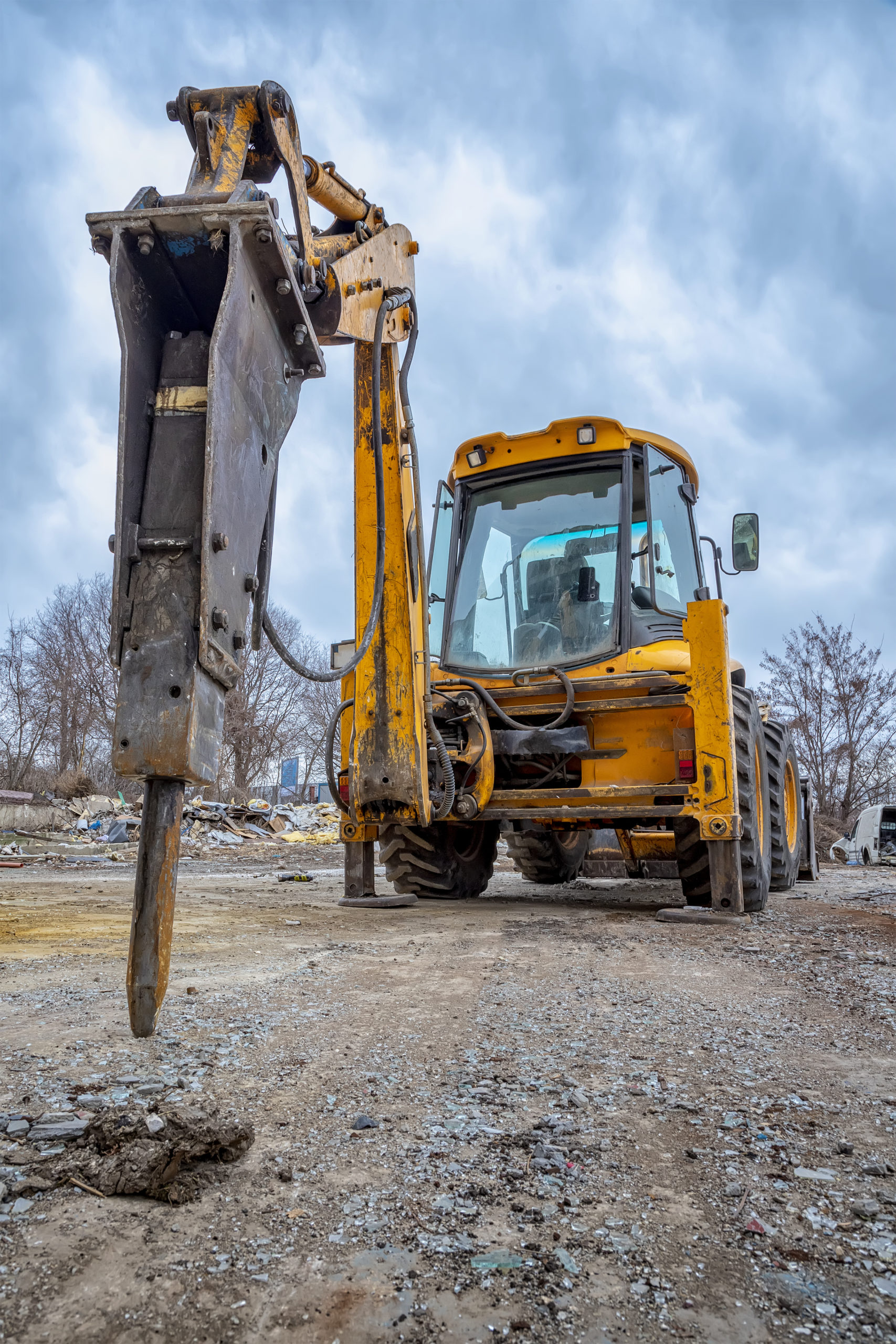
Learning Objectives
- Describe the basic principle of hydraulics
- Explain the effect air can have on hydraulic systems
- Identify five components common to most hydraulic systems
- Describe two key considerations that must be taken into account when selecting a hydraulic pump
- Identify the two most common types of hydraulic circuits





